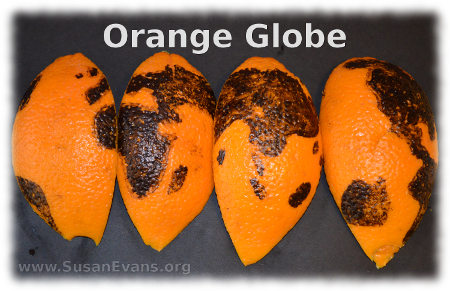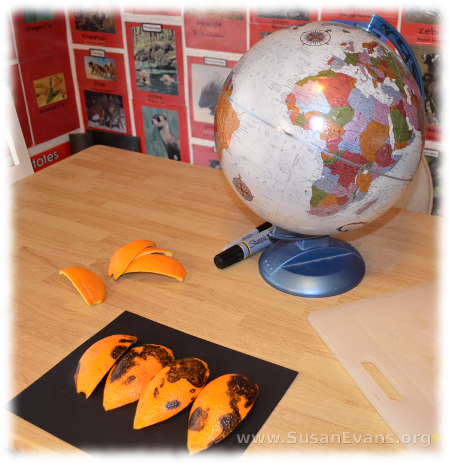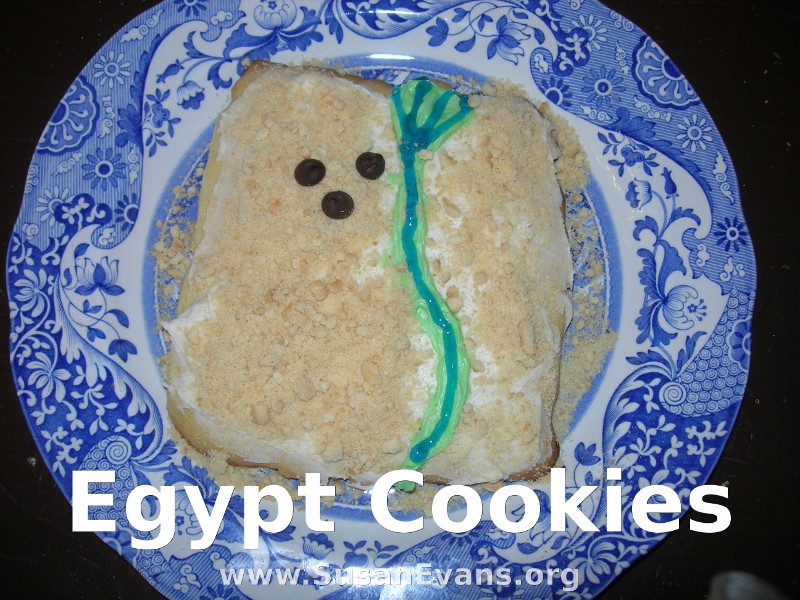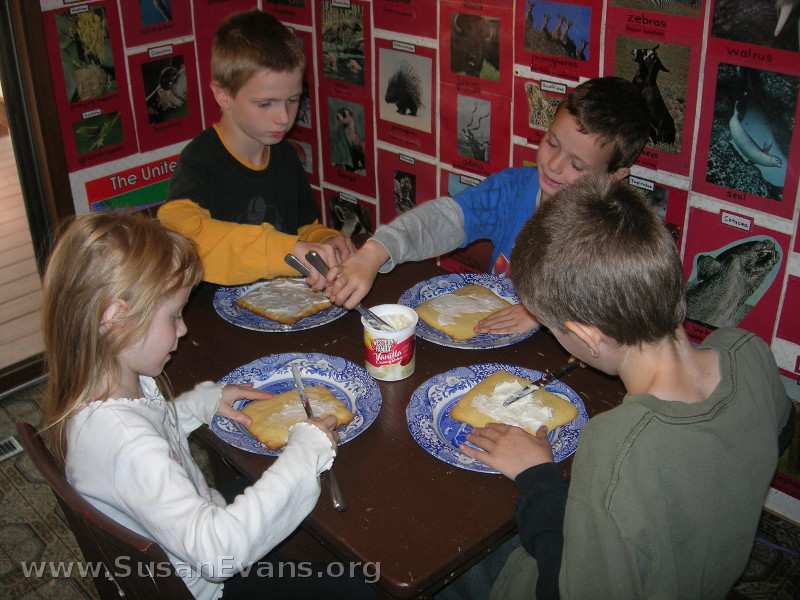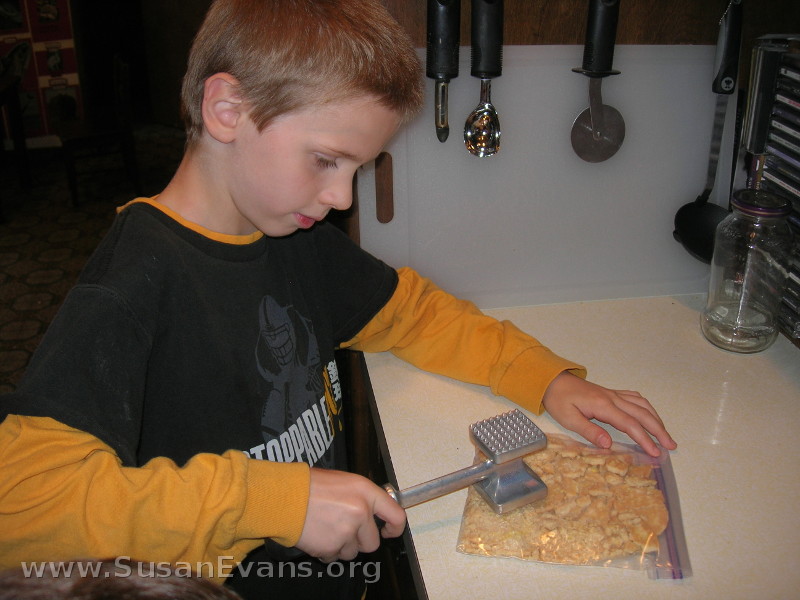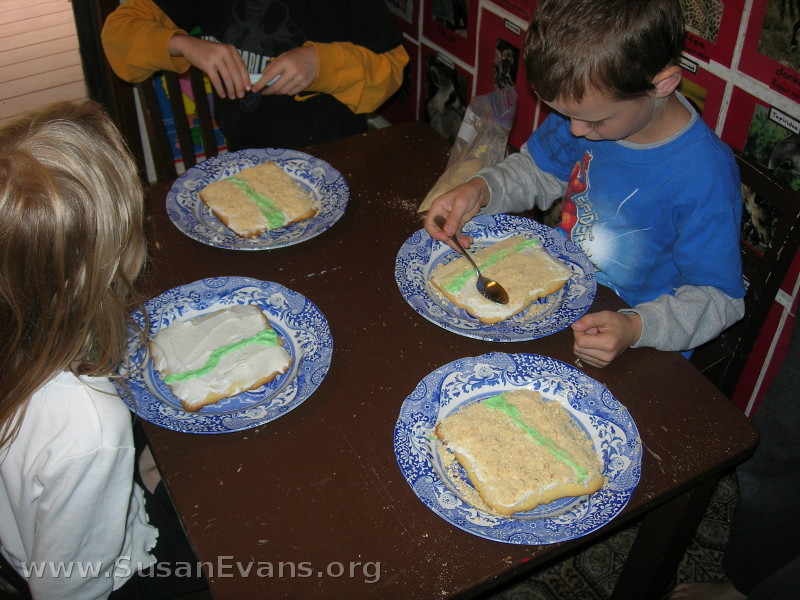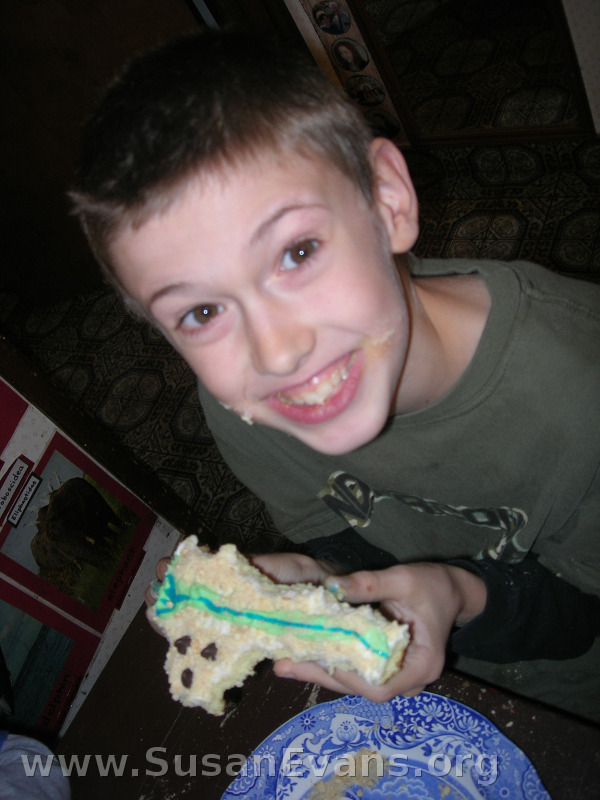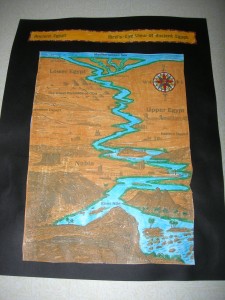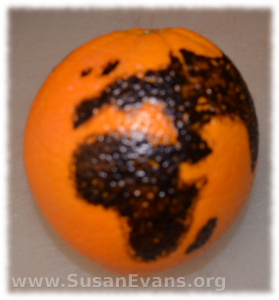 When I was a little girl, I saw this orange globe activity in many books. Recently my daughter read about it in a McGuffey reader, and I decided to make this fun orange globe to understand why flat maps are distorted on the top and the bottom of the maps.
When I was a little girl, I saw this orange globe activity in many books. Recently my daughter read about it in a McGuffey reader, and I decided to make this fun orange globe to understand why flat maps are distorted on the top and the bottom of the maps.
First you will need an orange, a black Sharpie marker, and a knife. Draw a globe on the orange, using a real globe or a picture of a globe to draw the outlines of the continents. Then fill in the continents so that they are solid black.
If you have more than one orange, you can show your children the equator by slicing the orange in half right at the middle. The top part of the orange is the Northern Hemisphere, and the bottom part of the orange is the Southern Hemisphere. You can talk about lines of latitude and longitude.
But if you only have one orange, you will want to cut it into quarters from top to bottom. Scoop the juicy orange out of the peel, being careful not to smudge the marker. Then flatten the pieces of orange on a piece of black card stock paper. Now you will be able to compare this to a flat map of the world. Your kids will laugh at how stretched out the flat maps are, compared to the orange segments.
Since the earth is round, a flat map must be distorted in order to show the globe. This is why globes are a more accurate representation of the continents than flat maps. However, flat maps are more useful for many practical reasons, including trying to find your flight at the airport, to find the most direct route to your destination. To see the entire earth at one time, we must make the map flat.
Here is a short video showing how to make this orange globe:
If you enjoyed making this orange globe, you will love Living Geography: Travel the World from your Living Room.
